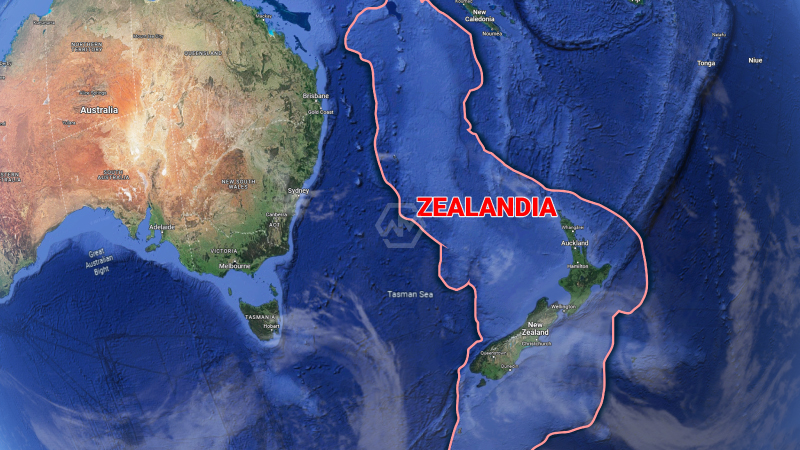- After nearly 375 years, geoscientists have found a landmass that had been flying under the radar.
- The little group of geologists and seismologists has made a recently refined guide of Zealandia or Te Riu-a-Maui, detailed Phys.org.
- The specialists found it by utilizing the information acquired from dug rock tests recuperated from the sea floor.
- The subtleties of the examination have been distributed in the diary Tectonics.
As indicated by a BBC report, Zealandia is a huge landmass of 1.89 million sq miles (4.9 million sq km) it is multiple times the size of Madagascar.
The group of researchers informed that there are 8 mainlands and the most recent expansion breaks all records, as the littlest, most slender, and most youthful on the planet.
Missing Continent for 375 Years
The new landmass is 94% submerged, with simply a small bunch of islands, like New Zealand.
Researchers say that Zealandia has forever been challenging to study. Researchers are presently concentrating on assortments of rocks and residue tests raised from the sea bed, the vast majority of which came from penetrating destinations others came from the shores of islands nearby.
Phys.org detailed that the investigation of the stone examples showed geologic examples in West Antarctica that indicated the chance of a subduction zone close to the Campbell Level off the west shore of New Zealand.
The scientists didn’t track down attractive peculiarities around there, in any case, which contends against hypotheses encompassing a strike-slip in the Campbell Shortcoming.
The recently refined map shows not just the area of the magmatic circular segment hub of the Zealandia landmass but other major geographical highlights too.
Zealandia was initially important for the old supercontinent of Gondwana, which was shaped around quite a while back and lumped together all the land on the southern side of the equator.



